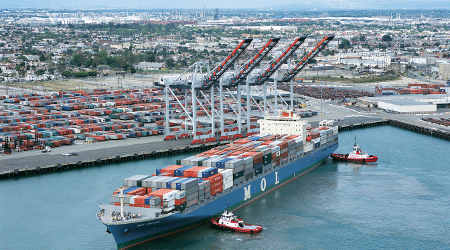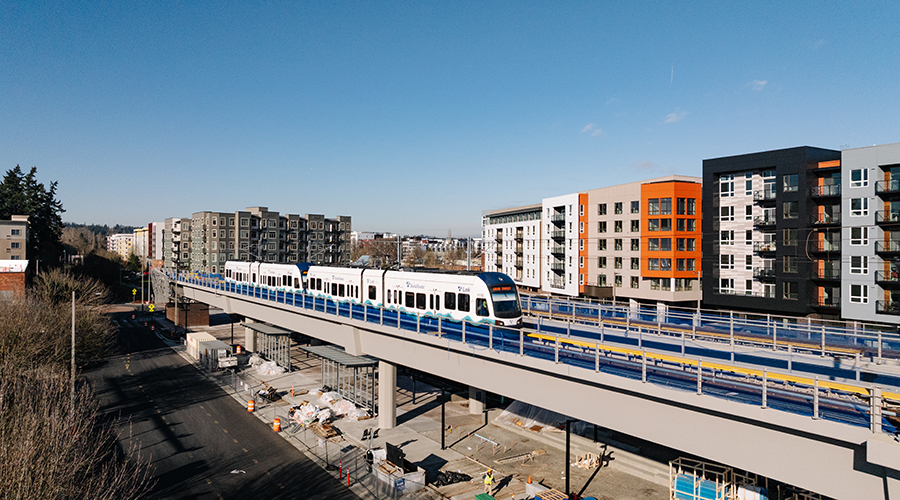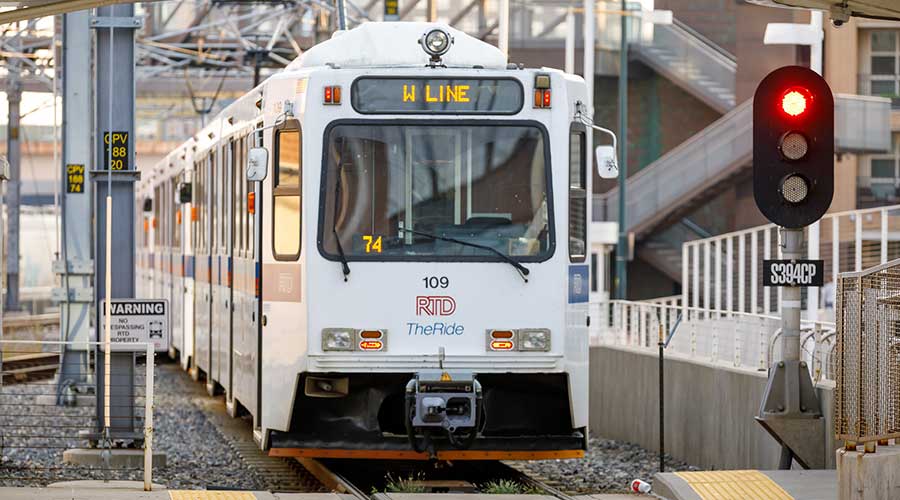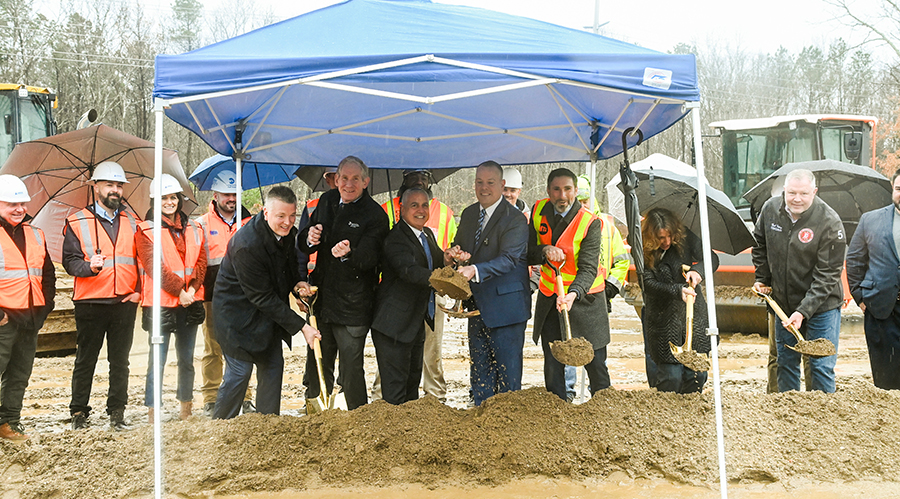Stay updated on news, articles and information for the rail industry
5/10/2017
Rail News: Shippers
NRF: Retail imports expected to grow through summer

The nation's major retail container ports should receive steady increases in retail imports through the summer and into the fall, according to the Global Port Tracker report by the National Retail Federation (NRF) and Hackett Associates.
Ports covered by the report handled 1.53 million 20-foot-equivalent units (TEU) in March, up 6.8 percent from February — when many Asian factories closed for Lunar New Year — and up 15.8 percent from the unusually low numbers the same month a year ago, according to an NRF press release.
"Regardless of whether the sales come in their stores or through their websites, retailers see that consumers are buying more this year and they're importing the goods needed to meet the demand," said Jonathan Gold, NRF vice president for supply chain and customs policy. "With unemployment at its lowest level in a decade and the economy adding jobs, retailers expect shoppers to continue to increase their spending."
April was estimated at 1.56 million TEU, up 8.3 percent from the same month a year ago; May is forecast at 1.66 million TEU, up 2.6 percent from last year; and June at 1.62 million TEU, up 3.3 percent from June 2016, according to the report.
The first half of 2017 is expected to total 9.5 million TEU, up 5.6 percent from the first half of 2016. Cargo volume for 2016 totaled 18.8 million TEU, up 3.1 percent from 2015, which had grown 5.4 percent from 2014.
NRF has estimated that 2017 retail sales — excluding automobiles, gasoline and restaurants — will increase 3.7 percent to 4.2 percent over 2016. That year-over-year increase will be driven by job and income growth coupled with low debt, according to NRF officials.
Cargo volume does not correlate directly with sales because only the number of containers is counted, not the value of the cargo inside, but nonetheless provides a barometer of retailers' expectations, they said.
"In the United States, the economy continues to slowly grow," Hackett Associates Founder Ben Hackett said. "Gross domestic product was lower than expected in the first quarter but unemployment has dropped to levels not seen since before the Great Recession and, best of all, labor employment has increased dramatically. Our view, therefore, remains unchanged: There is nothing to worry about in the first half of the year, and growth is expected to continue in the second half even if it comes at a slower rate."


 LRW Honors Amtrak’s Acheson As Railway Woman Of The Year
LRW Honors Amtrak’s Acheson As Railway Woman Of The Year
 From Editor-In-Chief Foran: Of Gender Equity And Inclusion
From Editor-In-Chief Foran: Of Gender Equity And Inclusion
 Spotlight On Some Of Today’s Rail Safety Products
Spotlight On Some Of Today’s Rail Safety Products
 Women of Influence in Rail eBook
Women of Influence in Rail eBook
 railPrime
railPrime








